Les Halles de Lyon - Lyon
- Food' by Lise Timmer

- Sep 10, 2021
- 4 min read
Lyon’s mythic indoor food market with an international reputation for offering the very finest gourmet food.
In 1859, Lyon created its first covered market at the Place des Cordeliers to facilitate the daily lives of traders and customers.
The city decided to build in 1971 a new indoor market in the neighbourhood of La Part-Dieu close to Lyon’s main train station. Extensive renovations took place in 2004 resulting in the now 13,000 square metres of food vendors over 3 floors.
The opening of this market is one of the reasons Lyon is named the ‘French capital of gastronomy’.
The final touch was undoubtedly master chef Paul Bocuse adding his name to the title of the market and securing its reputation as one of the finest places for food anywhere.
You can’t imagine the incredible variety of foods of the finest and highest quality, all under one roof.
48 vendors are representing a vast diversity of produce like fruits and seafood, cheese, bakeries, vegetables, dried meats, poultry, truffles, spices, flowers and more.
There are also several bars and restaurants linked to their stalls that make this an ideal location to sample Lyon’s gastronomical delights. One of them is Maison Cellerier.
The stall and restaurant are located in the heart of Les Halles and is definitely a great place to appreciate the excellent products selected by this Lyon institution.
Maison Cellerier has various catering, shellfish and cheese counters. My friends naturally took a seafood platter with Gillardeau and Norman oysters, not to mention the whelks: ‘simplement bon!’ was their conclusion. We finished with a homemade passion pie. The atmosphere is neck and neck but well, we are in Les Halles and conviviality is essential. An address where the luxury of simplicity takes on its full meaning.
Another one you definitely have to visit if you are a cheeselover is the cheese of La Mère Richard.
I remember well the first time I tasted her 'Saint Marcellin'.
I was staying for a week at friends who took me to Les Halles de Lyon. I have visited many markets worldwide and none are the same, of course, because that depends very much on the culinary culture of the country. I found this French market to be remarkably good and extensive and the bars and restaurants in the complex where you can sit down on the spot and eat something from the local producers was great!
So, at the end of the lunch, my friends almost forced me to taste it!
We went to La Mere Richard's stall and we asked for a St. Marcellin. ‘When do you want to eat the cheese‘ was the question. They poked several rounds to find one that would be perfectly ripe by then.
Of course I wanted to know more about this cheese that was so praised and for which there were apparently thick lines over the weekend.
Locals say its cheese is a unique and always unparalleled product. Its ripening on straw allows, throughout its duration, to sort and select the best cheeses.
St. Marcellin is a round edged soft cheese made from whole, raw or thermized cow milk. The slightly wrinkled surface is largely or totally covered with white, beige to gray-blue flora.
This is by the way hardly noticeable in the mouth. The cheese is smooth and homogeneous when you cut it and distinguished by a melting texture while the dryness is firm.
The taste is frank and moderately salty, maybe also a bit nutty amd with a delicate, sour, yeasty and fruity taste.
At home my family like it when I melt the cheese on some French bread in the oven.
On top I put some thyme and wait till the cheese has a slight golden brown crust.
Personally I think it is almost a shame to eat bread with this cheese...
If Saint-Marcellin is also known today, it is probably thanks to La Mère Richard, who made it a perfectly marketed product. Renée Richard created her brand and logo, which she affixed on the wrapping paper of her cheeses. “My mother thought that in Lyon there weren't a lot of cheese specialties,” explains Renée II, the daughter now in charge. She looked for a remarkable product that might appeal. It was the Saint-Marcellin that caught her attention. This was the beginning of the saga of Saint-Marcellin stamped "La Mère Richard". However, the fate of Renée Richard was rather linked to the andouillette and the quenelle.
If for some the quenelles refer to the memory of the very heavy dish in the canteen that plaster the stomach for the afternoon, for me it is that of grandma's sunday evening with the family.
The soup and quenelle bars created in Lyon and Paris by the Giraudet brand clearly show the still very present interest in this product. At the Halles de Lyon, the quenelle is present on many stands, and Giraudet also offer specialized dishes: quenelles in sauce, soup or grilled in salad for example. If you are ordering for a plate of quenelles at Giraudet, be patient because there will be a bit of a wait ... they are made freshly so it is worthwhile waiting!
In Germany and Austria, you also can find dishes close to the quenelles, Knödel or Knoffle - meaning dough ball but made with wheat flour.
The Quenelle of Lyon would have appeared around the 1830s, invented by ... a pastry chef, Charles Morateur.
The waters of the Saône were then invaded by pike and intensive fishing was practiced in an attempt to regulate the population. The pastry chef then had the idea of mixing the fish with choux pastry. During the same period, Mother Brigousse served this specialty in her restaurant in Charpennes, "the nipples of Venus", huge breast-shaped dumplings.
For a century, quenelles will remain above all a pastry chef's business!
The plain quenelle must consist of durum wheat semolina or flour, butter, eggs, milk and / or water and seasonings.
Before being eaten, the quenelles are prepared in a tomato, crayfish or béchamel sauce (prepared with a crayfish, carrot, celery and brandy sauce, they are called “Nantua sauce quenelles”). They are often made ‘au gratin’ and they dumplings double in size when they are prepared.
102 cours la Fayette,
69003 Lyon






















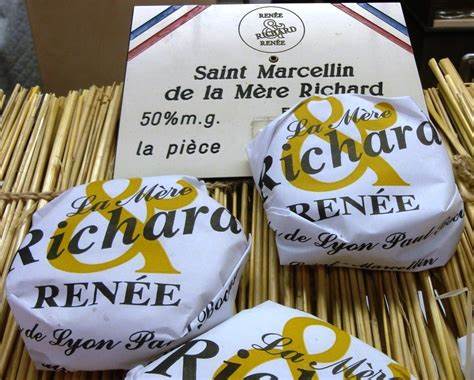

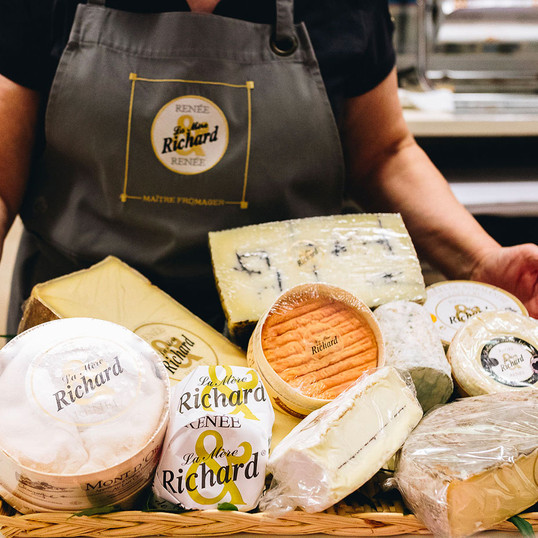
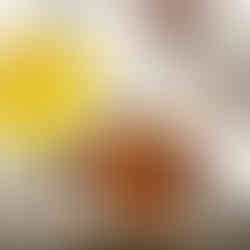


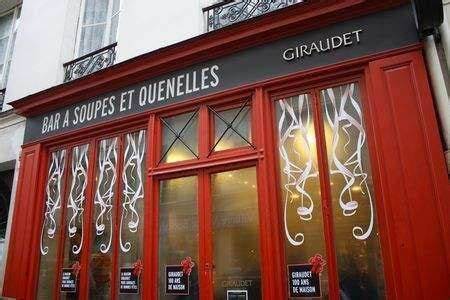



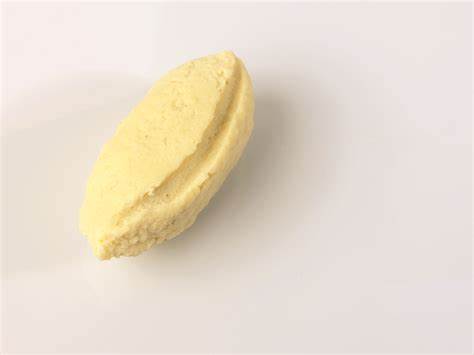







Comments